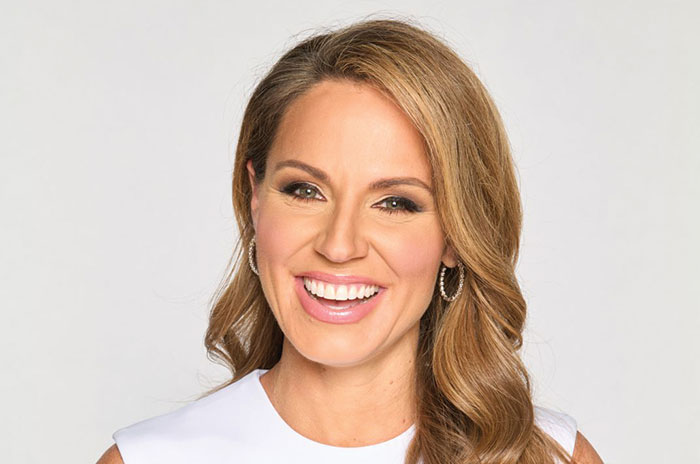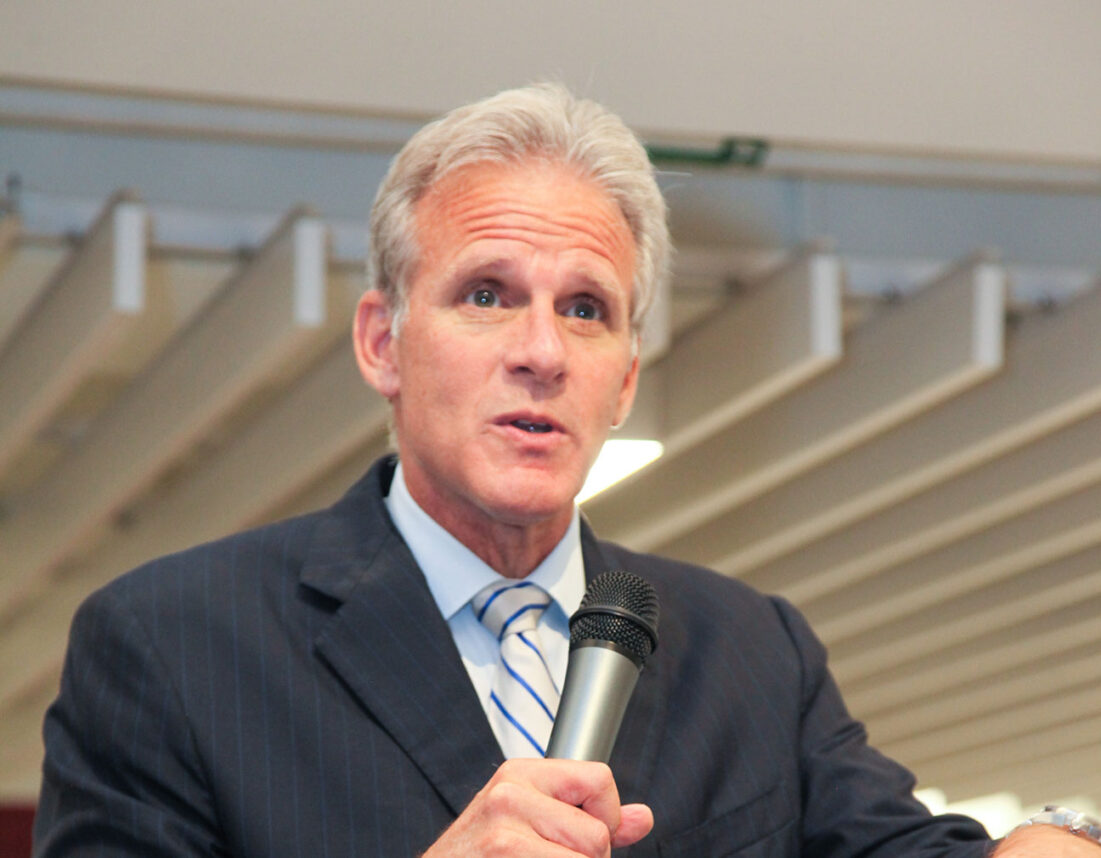Israeli lawmaker Alex Lubotsky was having a bad day on Jan. 29. Hehad come to Jerusalem’s Ramada hotel to address a visiting group ofOrthodox Jews from America, to plead for their support of thecompromise conversion plan authored by Finance Minister YaakovNeeman.
He didn’t have much luck. The visitors, leaders of the Union ofOrthodox Jewish Congregations of America, displayed more skepticismthan an Arkansas grand jury. Most, witnesses said, looked as thoughthey would rather be anywhere but in that room, being asked to standup and do the right thing. Rabbi Beryl Wein, a transplanted NewYorker sharing the dais with Lubotsky, reportedly captured the moodwhen he said that he was glad he wasn’t the one who had to make thedecision.
The decision — whether the Neeman plan will become reality –rests with Israel’s Orthodox chief rabbis. The plan requires them tolet Conservative and Reform rabbis help train would-be converts toJudaism. Orthodox rabbis would still perform the actual conversionritual. Non-Orthodox rabbis would be junior partners — less thanthey wanted, but much more than the Orthodox rabbinate wanted to givethem. The non-Orthodox movements have accepted. The chief rabbishaven’t decided, but all signs are negative.
Lubotsky, an ally of Neeman, was hoping that the Orthodox Unionwould help nudge the chief rabbis toward compromise. As the mainAmerican voice of centrist, or “modern” Orthodoxy, the OU has longfavored keeping lines open to the non-Orthodox world. That’s also thephilosophy of Modern Orthodox Israelis such as Neeman and Lubotsky.It’s supposed to be the view of the chief rabbinate too.
Modernity is not what it used to be, however. Nowadays, thedecisive force in Orthodoxy is the relentless gravitational pull ofthe right-wing or “ultra-Orthodox” rabbinate, which rejects allcompromise with sinners. Fearing the purists’ wrath, nobody wants tocross them. Not the Orthodox Union in America, not the chief rabbisin Israel. In contemporary Orthodoxy, bridge-building is out.Fence-building is in.
Three days earlier and 7,000 miles west, the top leaders of Reformand Conservative Judaism held a press conference in New York on Jan.26 to give their own view of the Neeman plan, which had gone to theprime minister the day before.
They planned to lament the chief rabbis’ anticipated rejection ofNeeman. This, they figured, would prove who is ready to makesacrifices for Jewish unity and who isn’t. To their surprise, theliberal rabbis woke up that Monday to find themselves outflanked bytheir own troops. While they slept, their negotiators in Israel weremeeting with a representative of the chief rabbinate, at the home ofJewish Agency chairman Avraham Burg, to concoct a competingcompromise. It was the only way, Burg explained, to avoid a blowupwhen the chief rabbis reject Neeman.
The Burg plan lets the chief rabbis off the hook. Instead of aunified conversion process, each movement would continue its ownconversions. All converts would be registered as Jews by Israel’sstate population registry, with a notation of the date they becameJewish. But only Orthodox converts would be recognized by the chiefrabbinate, which still controls marriage, divorce, adoption andburial. This way, the non-Orthodox movements get governmentrecognition, just as they wanted, while the Orthodox retain the powerto ensure it doesn’t do them any good.
Gone is the immediate danger of conversions causing a governmentcollapse or an Israel-Diaspora explosion. Instead, look for anexplosion next year over marriages, as a growing army of non-Orthodoxconverts battles discrimination.
Both the Neeman and Burg plans could defuse, at least for now, theincendiary tensions fracturing the Jewish world. Community leadersare hailing them as nearly interchangeable, the Burg plan merely anarrower, more “technical” fix than Neeman.
In fact, as some top rabbis admit privately, the two plans arepolar opposites. Neeman, by creating one intermovement conversionprocedure, would strengthen the role of the Israeli government as acentral, unifying voice in Jewish life. Its champions see it as astep — albeit a baby step — toward healing the historic breachesdividing Judaism’s streams.
The Burg plan does the reverse. By getting the Israeli governmentout of the business of deciding whose conversions are legitimate, itis a decisive first step toward separation of synagogue and state.The rest — removing marriage, divorce and burial from Orthodoxrabbinic control — is just a matter of time. Each movement would befree to go its own way, without regard to others’ standards.
Already, the two proposals have begun to redraw the map of thereligious pluralism debate. Up to now, the struggle has dividedOrthodox Jews from non-Orthodox. With the arrival of the Burg plan,the debate is between the center and the edges.
On one side are the Conservative and Modern Orthodox movements,which enthusiastically favor Neeman. They view it as a historic steptoward recreating a common code of Jewish law, modified formodernity, which all Jews could begin to accept. That’s exactly whatthey stand for.
On the other side are the Reform and ultra-Orthodox movements,which are happiest with Burg. Both groups would just as soon get theJewish state out of the business of determining Jewish law — theReform, because they don’t believe in the idea of a binding Jewishlaw; the ultra-Orthodox, because they don’t fully accept the Jewishstate.
Reform and Conservative leaders alike insist that there is nochance of a near-term breakup in their strategic alliance. Bothmovements are still denied any recognition in Israel. They’ll fighttogether until they get it. For now, both have endorsed both Neemanand Burg, with varying enthusiasm.
Both sides admit, however, that the latest twist has brought theirdifferences to the surface quite sharply. It’s no longer hard toimagine the two allies on opposite sides in the not-too-distantfuture.
Which side will come out on top — centrism or fragmentation? IfAlex Lubotsky’s experience last week means anything, don’t bet moneyon the center.
J.J. Goldberg is author of “Jewish Power: Inside the AmericanJewish Establishment.” He writes regularly for The JewishJournal.
All rights reserved by author.





















 More news and opinions than at a Shabbat dinner, right in your inbox.
More news and opinions than at a Shabbat dinner, right in your inbox.